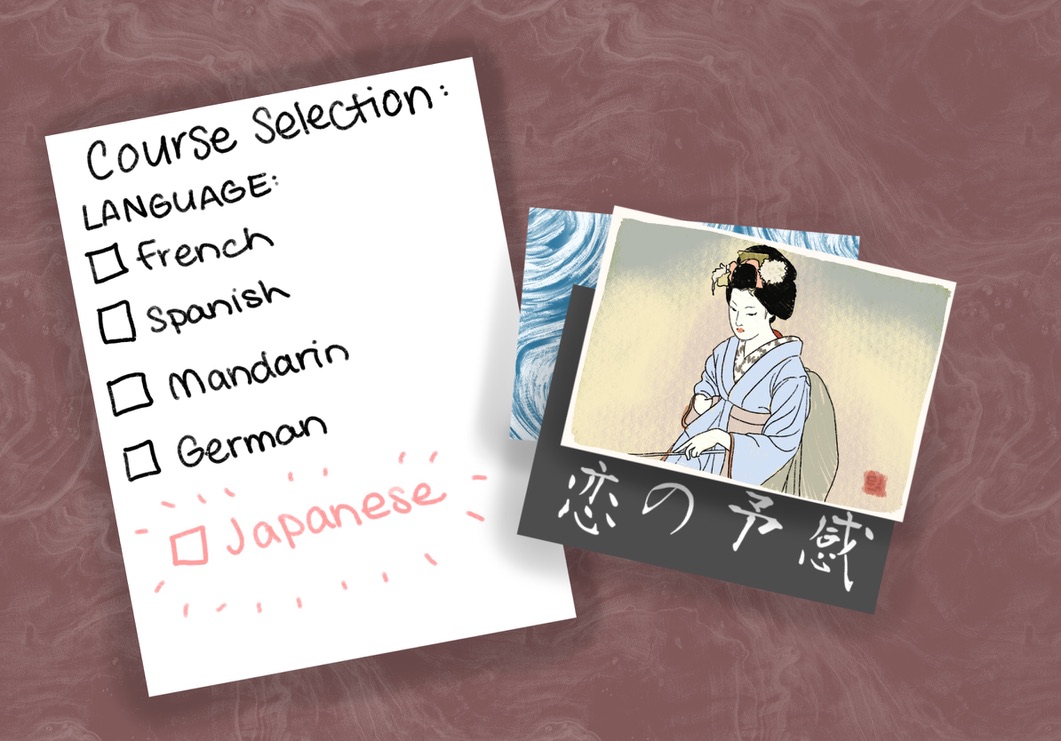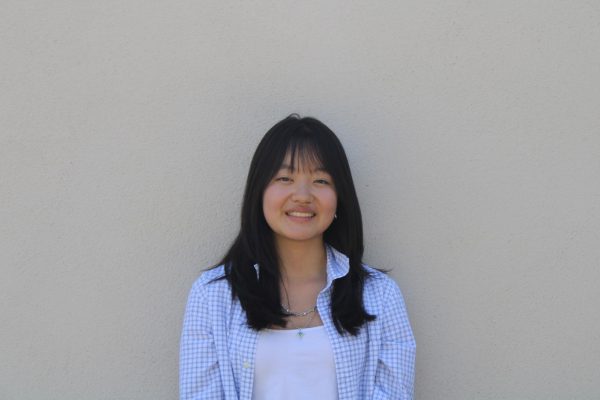Japan is a unique country and one of the most technologically advanced nations in the world. Yet it is often overlooked to the point that it is hard to remember the wonderful benefits that this small archipelago empire offers to those new to its culture, beginning with food and ending with language.
Campolindo High School is ranked 27th out of the 3,649 schools in the state of California and considered very accomplished in its language department, which teaches Spanish, French, German, and Mandarin. So the question remains: why isn’t Japanese included in this selection?
Sophomore Sonal Patel, a member of the newly established Japanese Cultural Club, shed some light on her opinion about this not-so-controversial issue. “I would love to see Japanese [here] because there’s a large number of Japanese people at Campolindo; I really want to learn more about a culture I’m not part of,” she stated.
Japanese continues to remain one of the hardest languages in the world to learn, consisting of its three writing systems, hiragana, katakana, and kanji, the latter modeling characters similar to simplified Mandarin, a grammar and sentence structure contrary to the English language, and several verb forms dedicated to varying types of formality. This poses a new mystery: why would anyone want to learn Japanese?
“I took a Japanese class for a year during Covid, and I kind of lost a little bit of what I’ve learned,” said Sophie Tang, secretary and social media manager for the Japanese Cultural Club. “It’s really interesting, not only getting to learn more about Japanese culture, but also to just bring a lot of people together.”
Las Lomas High School, another school in the Acalanes Union High School District, has been offering Japanese for at least twenty years, according to Mr. Schreiber, the retiring Japanese teacher who has been at the school for six years. Tang also shed some light on this as a Walnut Creek native. “I used to go to Walnut Creek schools, so most of my friends at Walnut Creek went to Las Lomas. I did hear that the Japanese teacher was retiring or is retiring so he wasn’t taking any new students, but I think students could gain more opportunities, like Japanese at Las Lomas.”
With a tentative approach toward Japanese becoming a state-approved course in the Campo curriculum, there could be more of an expression toward cultural diversity, as freshman Drew Kirchner, who has emphasized his inclination toward Japanese food and art, agreed with. “[Japanese] would be pretty interesting to have. I don’t think I would take it because I’m already taking Mandarin, but I think that would be a good option.”
While Campo is already well-versed in the delineation of undervalued cultures, such as the emergence of the course Ethnic Studies and more than eight new cultural clubs, there was a common sentiment that more Asian languages could be implemented, as stated by Tang: “I think that it will be such an awesome opportunity to not only learn about Japanese culture, Japanese language, but just having more diversity in Asian languages offered more at Campo.”
Japanese is a beautiful language in its pronunciation, its vocal range, and the calligraphic style of its written characters, as it belongs to a diverse country, and it deserves a place in the curriculums of all California schools –especially Campo, and perhaps beyond. So if Las Lomas can offer it, why can’t Campo too? As asserted by Patel, “Yes, definitely!”




